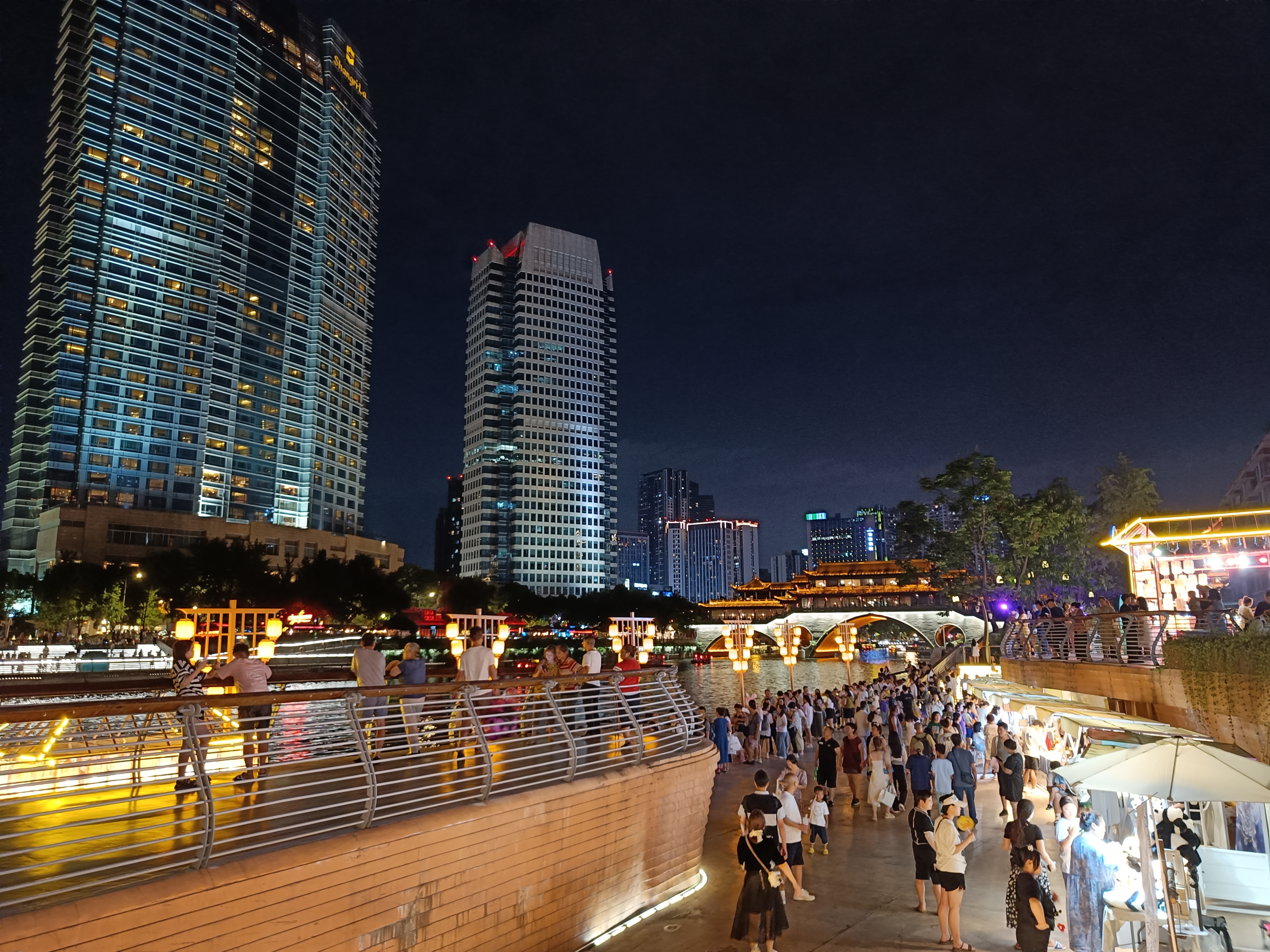
Night in Chengdu. Hotel with shared rooms.*
Minya Konka Circuit and the Aba Mountains.
A trekking tour to discover the Tibetan Plateau.

Let’s explore the mountains of Western China, discovering the rich Chinese, Tibetan, and other ethnic minorities cultures’ of Sichuan Province. We will follow the spiritual paths of Tibetan monks, hiking the “kora” around Minya Konka, Sichuan’s highest mountain at 7556 meters. Together, we’ll traverse green valleys, rushing rivers, glaciers, and sharp peaks, climbing alpine passes up to 5000 meters and passing the traditional Tibetan sanctuaries adorned with colorful prayer flags. We’ll move then to the Aba region, where we delve into Jiarong culture by visiting villages with mysterious stone towers from ancient animist cults. Our final trek in Siguniang Shan Natural Park, the “Four Maidens Mountains,” will take us above 5000 meters. From the summit of Mount Dafeng, we’ll enjoy breathtaking views of the massif’s peaks emerging from the clouds.
We’ll then return to the plains and the bustling metropolis of Chengdu. Throughout our journey, we’ll savour traditional Tibetan specialties and Sichuanese dishes, renowned for their flavour and spiciness.














